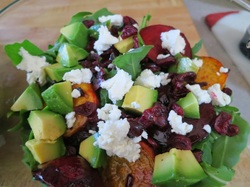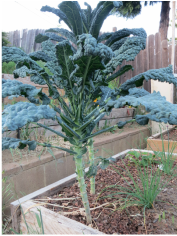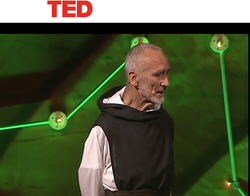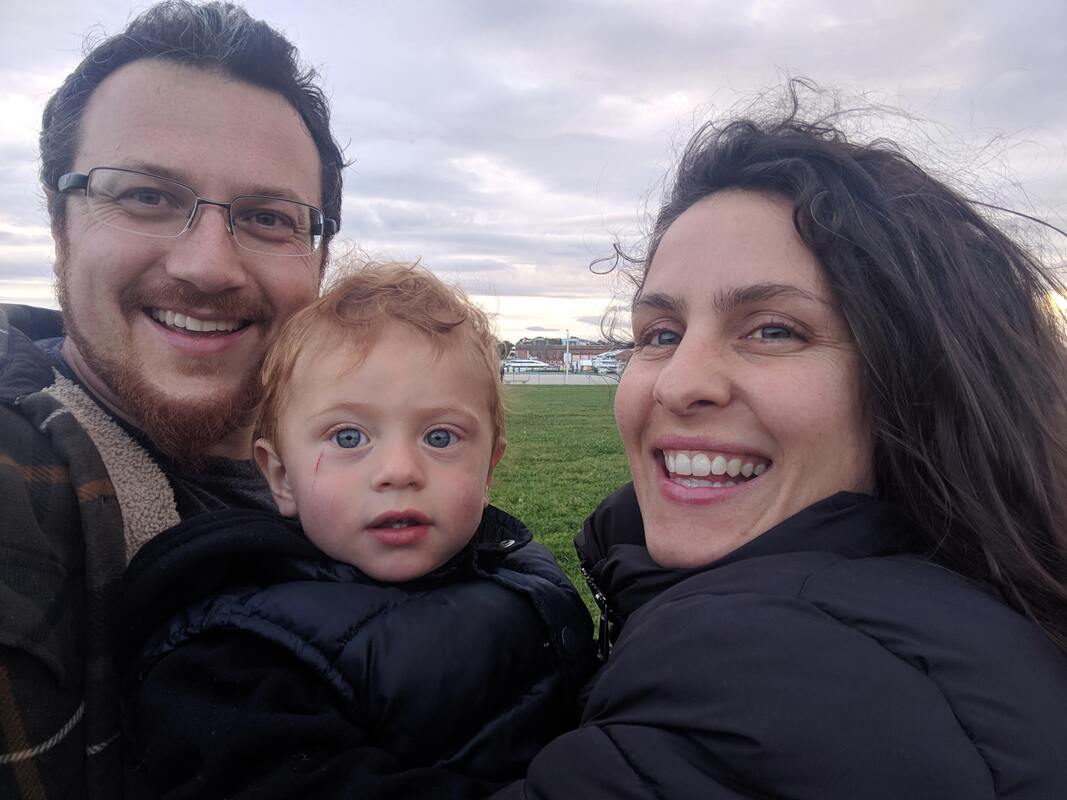 There is compelling evidence that a diet rich in fruits and vegetables can lower the risk of heart disease, stroke and cancer (with those eating seven or more servings daily showing lowest risk). Fruits and vegetables are also a great tool in weight control as they are naturally low in fat and calories and are filling. But how much is enough? The latest dietary guidelines call for six to twelve servings of fruits and vegetables a day (3 -6 cups), depending on one’s caloric intake. However, according to the Centers for Disease Control and Prevention (CDC) 2013 State Indicator Report on Fruits & Vegetables, adults in the US only consume fruit about 1.1 times per day and vegetables about 1.6 times per day. An easy way to remember all this is to echo the MyPlate mantra: make 1/2 your plate fruits and vegetables. Colors count too. It may sound corny, but as I told all the kiddos during my years in the field as a Child Health & Nutrition Specialist, we’ve got to “eat a rainbow a day”! Many of those disease-busting antioxidants are phytochemicals, which provide the varied pigmentation of fruit and vegetables. Incorporate the whites, deep oranges, purples, yellows, reds and greens. Green leafy vegetables are in fact most strongly associated with a reduction in risk of cardiovascular disease. Not quite at that 7+ a day mark? Here are some great ways to incorporate more fruits and veggies into the meals you’re already making: Boost your breakfast: - Add peppers, tomatoes, mushrooms or onions to your eggs for a delicious omelet, or pile the whole scramble on your favorite bread, tortilla, or bagel for a hearty breakfast sandwich. - Stir berries (fresh or frozen), dried fruit, or banana slices into yogurt, cereal, or oatmeal. - Make a smoothie. Combine some low fat milk or yogurt, 1/2 cup frozen berries and a banana for a super easy blended breakfast (add some spinach or kale for a super boost! Nut butters are also a divine addition) . Half the meat, double the veggies: In soups, salads, pastas, sandwiches, pizzas, and casseroles half the amount of meat and double the amount of veggies. You’ll be saving money and filling up with heart-healthy antioxidants and fiber. Do the dip! Go sweet or savory with apple wedges, pears, bananas, mango, or pineapple spears in fruit-flavored yogurt or go with raw veggies and hummus, creamy ranch, avocado, or zesty salsa. Salad time! Make your salad a meal by combining an array of colorful greens (let’s move past romaine y’all), crunchy veggies like carrots, radishes and cabbage with protein (nuts, beans cheese, egg, chicken, tuna,etc.). Beware of dressing overload by keeping it on the side. Keep produce where you can see it….that way you’ll be more likely to eat it. Keep your fruit bowl loaded on the counter, ensure pre-cut veggies are ready to go in the fridge and keep trail mix on hand in the car for an on-the-go snack. Don’t forget the freezer: Pre-cut fruits and vegetables are abundant and affordable options. Plop those frozen fruits into your blender or in your homemade baked goods and add those veggies to your boiling water when making pasta, rice, quinoa etc.
2 Comments
 Busy weekend and I'm happy to finally be home relaxing and cooking up some goodness. First thing I made when I walked in the door was Giada De Laurentiis' easy beet, arugula and goat cheese salad...pure bliss. Of course, its only easy when you have all the ingredients on hand. More on a well-stocked kitchen in another post. What I want to write about though is the second dish I made this afternoon: kale chips. Easy, undeniably nutritious and delicious! Albert's green thumb has yielded a very generous plant this year. It's a warm day so soup, in which kale is a great addition, really isn't an option. Hence, kale chips. But what is all the buzz around kale? Kale is considered a “superfood” because it's so nutritionally dense and full of antioxidants (vitamins A, C, K and flavonoids), anti-inflammatory nutrients (vitamin K and omega-3 fatty acids), and anti-cancer nutrients (vitamin K and glucosinolates - compounds responsible for the bitterness in greens). In addition, one cup of chopped kale contains 33 calories and 20% of the RDA (Recommended Daily Allowance) of dietary fiber, 9% of the daily value of calcium, 71% of vitamin C, 98% of vitamin A, and a whopping 1180% of vitamin K*. It is also a good source of minerals copper, potassium, iron, manganese, and phosphorus. Pretty exceptional! (All those stats came from the website Worlds Healthiest Foods - cheesy title, great resource) You can buy a $5 a package of kale chips from a health food store, but a $2 bushel will easily yield three times as many chips. Of course growing the kale is most economical. If you have an hour on your hands, homemade kale chips are king. The simplest recipes call for just olive oil, salt and pepper. I prefer mine rich with roasty tahini. Any nut butter works, actually. Here you go, my Tangy Tahini kale chips, adapted from Savory Simple's Spicy Tahini Kale Chips. Enjoy! Tangy Tahini Kale Chips 1 large bunch of kale, inner ribs removed (lacinato kale aka "dinorsaur" kale is my favorie) Juice from 1/2 lemon 4 cloves garlic chopped (more or less, to your preference) 1 Tbsp extra virgin olive oil (I used homemade chili oil, its easy to make your own!) 2 heaping Tbsps tahini 1/2 tsp honey Generous sprinklings of crushed red pepper flakes, salt and pepper Preheat the oven to 200 degrees F (or plug in your dehydrator). Line 2 baking sheets with foil or parchment. Wash and thoroughly dry the kale, then remove the leaves from the tough inner stem. Slice or rip into large pieces. In a small bowl, whisk together the remaining ingredients. Toss in Kale and mix with your hands. Spread the chips in a single layer on the baking sheets or in the dehydrator. The dehydrator should take approximately 8 hours. The oven will take less than an hour (start checking on them after 30 minutes). They're ready when the seasonings are completely dry and the kale is crispy. *Eating a diet rich in the powerful antioxidant vitamin K can reduce the overall risk of developing or dying from cancer, according to a study in the American Journal of Clinical Nutrition. Vitamin K is abundant in kale but also found in parsley, spinach, collard greens, and broccoli.  TED is a non-profit devoted to spreading ideas, usually in the form of short, powerful talks (18 minutes or less). Beginning as a conference where Technology, Entertainment and Design converged, today TED covers almost all topics — from science to business to global issues — in more than 100 languages. If you haven’t experienced TED.com yet, I invite you to get lost in their website when you have a spare hour…or two. I recently watched the TED Talk Want to be happy? Be grateful. Here, Brother David Steindl-Rast introduces the idea that it’s not happiness that makes us grateful, it’s gratefulness that makes us happy. He re-inspired the awareness within me that every moment is a given moment, every moment is a gift. This moment, with all the opportunity it contains, is a “gift moment” as he describes it. It’s easy to forget that, getting lost in our daily routines and to-do’s. I am commonly subject to the mental spasms of my mind and all of its desires, reservations, and commotion. This video is a great reminder to bring our awareness to the now, to the moment, and to not take ourselves too seriously. Rather than working to achieve happiness, let’s find ways to relish in all we have to be grateful for and happiness will modestly and naturally emerge.  My inspiring partner introduced me to Neuro-Linguistic Programming (NLP) a few years back. I have since been exposed to its tenets through motivational speakers and authors I follow like Eban Pagan, Wyatt Woodsmall and Anthony Robins. NLP describes the fundamental dynamics between mind (neuro) and language (linguistic) and how their interplay affects our body and behavior (programming). The myriad of NLP techniques are based on four operational principals: 1. Know your outcome (write it down; be specific; state it in the positive) 2. Have the sensory acuity to see whether you’re getting your outcome (how is going to look/smell/sound /feel when you achieve your outcome?) 3. Harness the behavioral flexibility to achieve your outcome (you can’t change and stay the same!) 4. Take action now Rather than focusing on what we want, it’s all too common to focus on what we don’t want. But it’s hard to not do something. Nothing is wrong with not doing something, but it doesn’t’ give us direction. NLP advises us to reach for the carrot, rather than avoid the stick. As Stephen Covey explains, begin with the end in mind. Beginning with the end in mind reminds us to live a life with purpose, to live purposefully. The clearer we can be about what we want, the more specific we are about our goal, the more achievable it becomes. Otherwise, we’ll be setting sail for a trip that Anthony Robins calls the Niagara Syndrome: "Life is like a river for many people, they just jump in the river of life without ever deciding where they want to end up. They set off on a journey without even a little spadework. In a short period of time, they find themselves caught up in the current: current events, current fears, current challenges...When they come to forks in the river, they don’t consciously decide where they want to go or which is the right direction for them. They merely ‘go with the flow’. They become a part of the mass of the people who are directed by the environment instead of by their own values and goals. As a result, they feel out of control. They remain in this unconscious state until one day the sounds of raging water awakens them and they discover that they are five feet from Niagara Falls in a boat with no oars. At this point, they say, “Oh Shit”. But by then, it is too late. " Before setting sail towards a new goal, get specific: What specifically do you want? How will you know when you have it? What resources do you have now, and what resources will you need to get your outcome?  Inspired by a high school mentor, I have been writing in a journal since I was fifteen. Back then, it was a way for me to unleash the thoughts and emotions that I traditionally held inside until they would explode onto an unexpecting victim. Writing things on paper has been a therapeutic way to relieve my mind from unproductive rumination and has continued to evolve. It serves as a means to help discover and track patterns in my thinking, provides an opportunity for positive self-talk and for identifying negative thoughts and behaviors. Journaling also helps me prioritize tasks and set goals and outcomes. Journaling has the power rewire our brain for positivity. In Shawn Achor’s book The Happiness Advantage he recommends keeping a gratitude journal: Concentrate on meaningful experiences and write down as many positive details as you can remember. Research has proven that keeping a journal for six weeks can create new positive neural tracts, decrease stress and even reduce the need for medication. Gratitude journals help retrain our brains to scan for the positive, not the negative. Research also shows that journaling can strengthen our immune system and psychological health. As a fairly new instructor at Kaiser Permanente teaching their 10 week Healthy Weight class, I have recently discovered an additional benefit to journaling: keeping a food journal can double a person's weight loss. Researchers have found that it's the process of reflecting on what we eat that helps us become aware of our habits, and hopefully change our behavior. Food journals increase our awareness of what, how much, and why we are eating. They can also reveal triggers to avoid, such as not eating enough throughout the day then overeating at night or eating due to emotions rather than physical hunger. If you are seeking a way to uplift your mood, set goals or to facilitate weight loss, journaling is a powerful tool that is accessible anywhere, anytime. Forget spelling and punctuation and look at your writing time as personal relaxation time, a time when you de-stress and wind down. Whether on paper on on your computer, write in a place that's relaxing and soothing—maybe with a lit candle and a cup of tea. Look forward to journaling, and know that you are doing something good for your mind and body. |
AuthorHello and welcome! My name is Andrea Notch Mayzeles. I am a Certified Health Education Specialist, Mom, and Master of Public Health dedicated to the path of well-being. As a wellness professional I am committed to continued learning and am here to share research, recipes and musings on health, psychology, personal development, and parenting. I hope you enjoy! Categories
All
|


 RSS Feed
RSS Feed